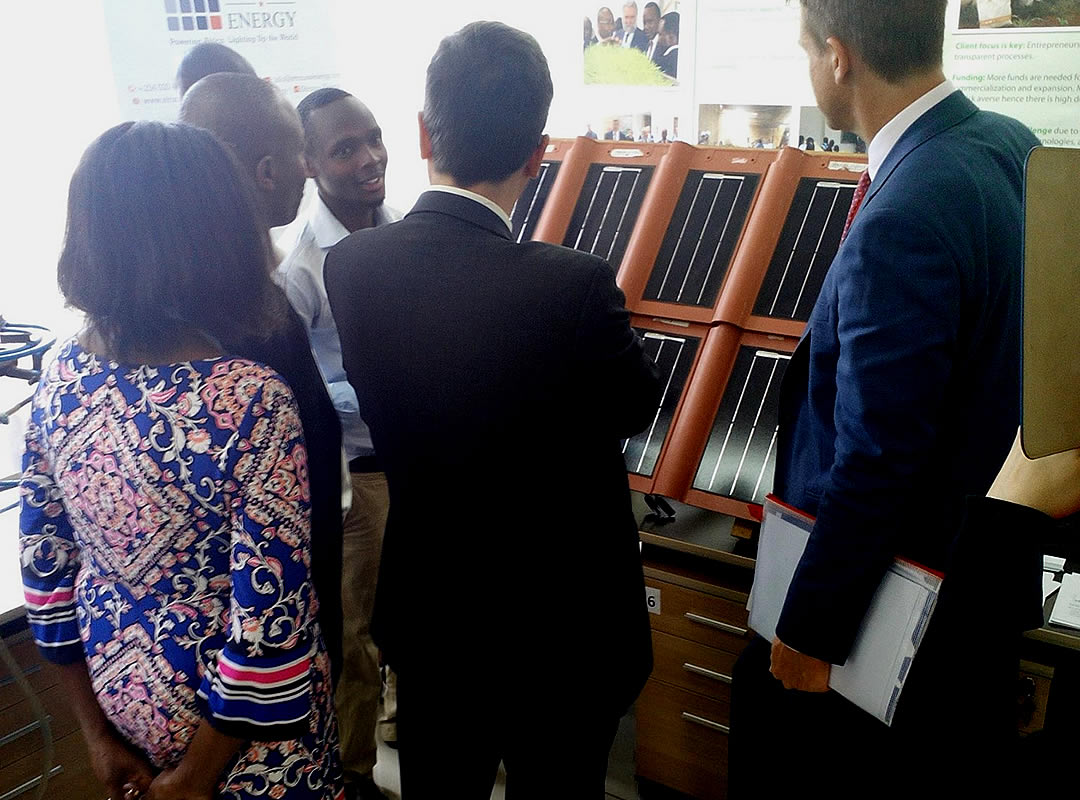Ever since humans could quantifying time, we have been using many forms of energy extracted from among others coal, oil, solar and even water. Although modern technology has eased the means by which we extricate energy from the aforementioned sources – thereby jettisoning any rudimentary methods – the gap in energy needs is still palpable.
The reasons for this gaping hole has been driven by a global growth in population, insurmountable pressure on the available energy sources, rapid growth in industrialization and increased urbanization. The above scenario has painted a grim picture of reality which, through research, shows that there is a growing sense of urgency to find alternative sources of energy coupled with concerns about climate change, energy security, resource nationalism and high energy prices.
In light of these, here are three trends currently influencing the energy sector:
Renewable Energy

As earlier mentioned, there is a lot of pressure being exerted on the existing energy sources. That’s why companies are investing in renewable and clean energy key among them being solar energy. With advancements in technology, heat from the sun is no longer needed by the existing roofing tiles that are in the market. Unlike solar panels, which need heat, the roofing tiles only need light to produce enough energy to power homes.
Nuclear Usage is on the Decline.
Do I have something against nuclear energy? Yes! What with the fabled Chernobyl Nuclear Disaster in Ukraine and Fukushima Daaichi in Japan, I have to harbor some worries. As earlier stated in my previous blog post, Kenya is currently readying, after intense lobbying, to have active nuclear power plants by 2025, an ambitious project that will see the East African nation join the league of South Africa. But are we ready to foster such a responsibility if a simple task like ridding the environment of non-biodegradable waste like plastic paper bags is proving to be a herculean task? What about the nuclear waste? Where will we dump it?
However, it is envisaged that once the power plants are set up, they will contribute a significant amount of power into the national grid and completely cutting out nuclear energy – a crucial part of our global energy mix as a ‘cheap’ and ‘low-emission’ energy source –is not easy. Furthermore reducing nuclear energy without having an alternative solution will increase CO2 emissions but the future is bright since Japan and Germany have halted any nuclear power plant extension plans.
What does this mean? It means that renewable energy sources like wind, solar, biomass, geothermal and tidal power are the fuels of the future. And here is a fact of life: Nearly 80% of the world’s energy needs could be met by renewable energy by 2050 thereby playing a vital role in the fight against global warming.
Less Dependence on Oil.
The colloquial term ‘black gold’ is fast losing its gloss, at least according to me. With less and less oil companies willing to commit or invest funds in offshore drilling, one can see where I’m coming from. But that does not mean the world will immediately transition to other forms of energy immediately and forget about oil.
No. We still need to fuel our cars right? That’s why it will take some time, but the move will eventually happen. Why we can’t move so soon is because developing nations like ours and China – which registers 20 million vehicles per year – still need to drive since there has been a slow uptake of electric vehicles and other hybrid makes.
Read more stories




